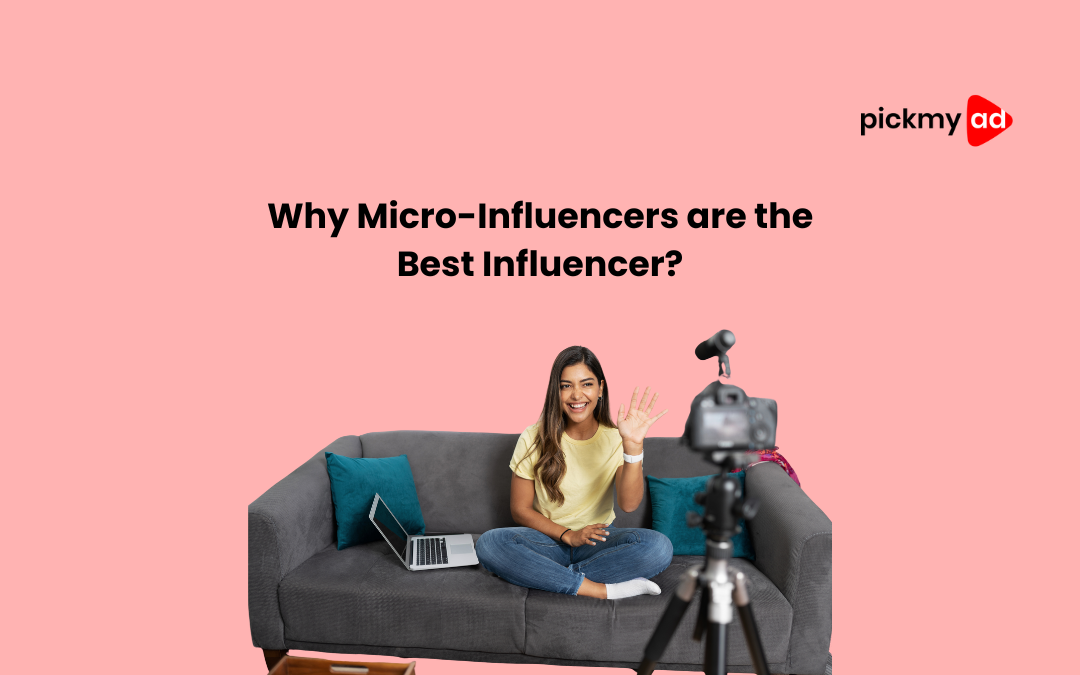Introduction
In the rapidly evolving world of digital marketing, influencer marketing has become an indispensable tool for brands. But while mega-influencers and celebrities have massive followings, there’s a rising star in the influencer landscape: micro-influencers. Defined as social media influencers with a smaller but highly engaged following (typically between 10,000 to 100,000 followers), micro-influencers are proving to be the best choice for brands, especially in 2024.
Higher Engagement Rates
One of the key advantages of micro-influencers is their significantly higher engagement rates. While macro-influencers may have millions of followers, their engagement can often be diluted. Micro-influencers, on the other hand, tend to foster closer, more authentic relationships with their audience, resulting in more likes, comments, shares, and overall interaction.
Authenticity and Trust
Micro-influencers are known for their authenticity. Since their follower base is often built around niche interests, their audience views them as experts or enthusiasts, not just another face endorsing a product. This leads to a higher level of trust when they recommend products or services, making them ideal for driving meaningful conversions.
Cost-Effective Marketing
For brands, especially small businesses, working with micro-influencers is far more budget-friendly compared to mega-influencers. Given their lower costs but impressive ROI, brands can collaborate with multiple micro-influencers across different regions or sectors without breaking the bank.
Niche Targeting
Micro-influencers typically cater to specific niches such as beauty, travel, fitness, or food. This focused content appeals to a more targeted audience, which means brands can better reach their desired demographic. Whether you’re promoting a vegan product, a tech gadget, or luxury fashion, micro-influencers can deliver your message to the right people.
More Relatable Content
While large influencers may post heavily curated content that feels out of reach for the average consumer, micro-influencers tend to create more relatable, down-to-earth posts. Their followers see them as “people like us,” which makes their endorsements more believable and achievable.
Long-Term Relationships with Followers
Since micro-influencers often engage with their followers more personally, they tend to build long-term relationships. This means that their audience doesn’t just passively consume content—they feel emotionally connected to the influencer. As a result, their product recommendations resonate more deeply and are more likely to be acted upon.
Influential Word-of-Mouth
Micro-influencers can be thought of as an extension of word-of-mouth marketing. Their posts feel more like friendly recommendations rather than sponsored advertisements. This subtle and personal form of influence is more likely to convert followers into customers.
Conclusion
In 2024, micro-influencers are proving that bigger isn’t always better when it comes to digital marketing. Their authentic connection with followers, niche expertise, and cost-effectiveness make them an ideal choice for brands looking to build genuine relationships and drive meaningful engagement. As the influencer landscape continues to evolve, micro-influencers are here to stay—and they’re leading the charge in reshaping modern marketing.


